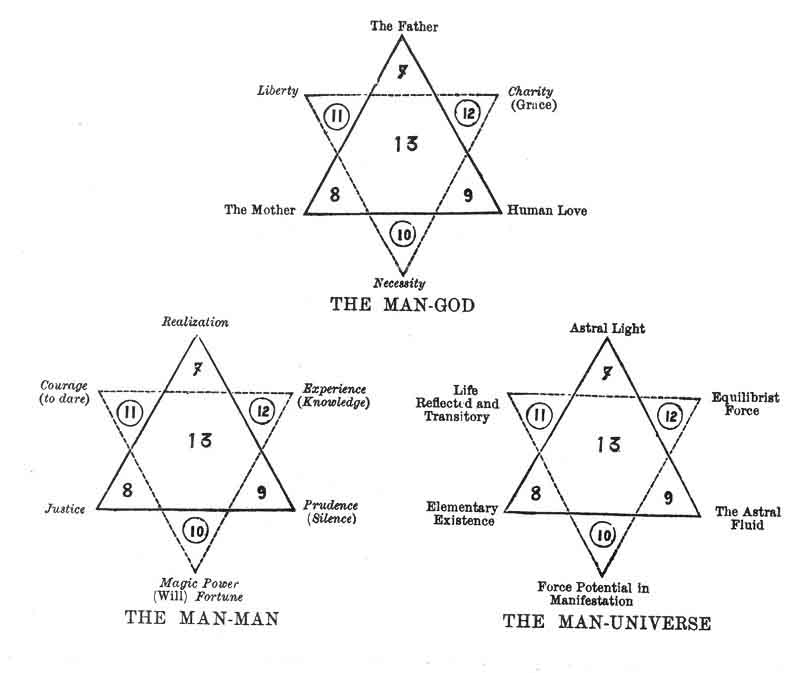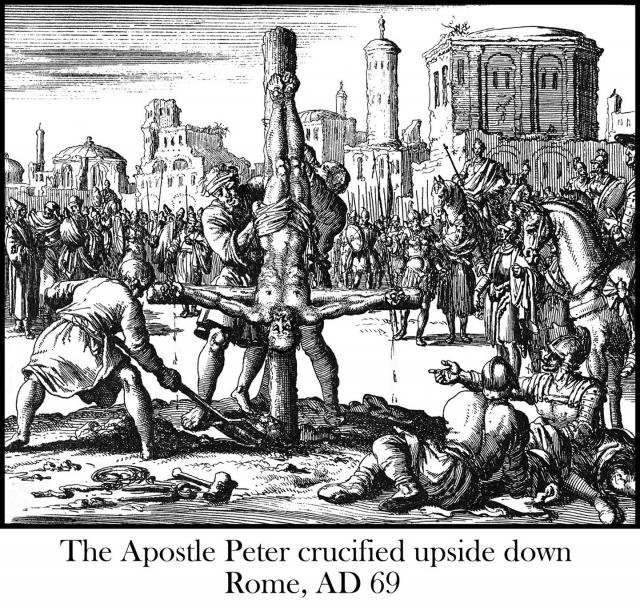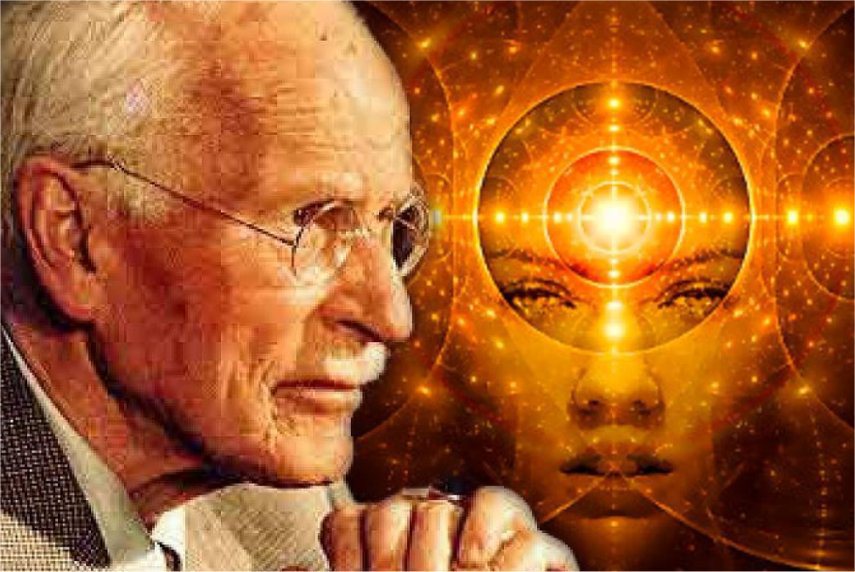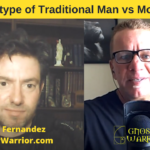The symbols below are from the book “The Constitution of Man.” I suggest you study and meditate on what they represent. This great book was written by George Combe and published in 1828. Combe had claimed the laws of the physical universe are the same laws active in man, the human brain, and in the mind. How in one aspect man almost resembles a demon; in another he still bears the impress of the image of God.
Combe had written, “MAN is therefore in essence a Spark of the divine Fire, belonging to the monadic world. To that Spark, dwelling all the time in that world, we give the name “Monad“. For the purposes of human evolution the Monad manifests itself in lower worlds. When it descends one stage and enters the spiritual world, it shows itself there as the triple Spirit having itself three aspects (just as in worlds infinitely higher the Deity has His three Aspects). Of those three one remains always in that world, and we call that the Spirit in man.”
The second aspect manifests itself in the intuitional world, and we speak of it as the Intuition in man. The third shows itself in the higher mental world, and we call it the Intelligence in man. These three aspects taken together constitute the ego which ensouls the fragment from the group-soul. Thus man as we know him, though in reality a Monad residing in the monadic world, shows himself as an ego in the higher mental world, manifesting these three aspects of himself (Spirit, Intuition and Intelligence) through that vehicle of higher mental matter which we name the causal body.
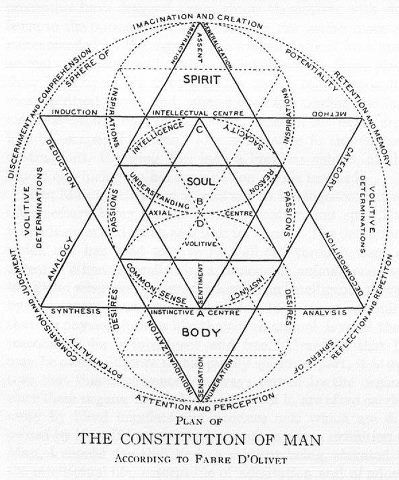
This ego is the man during the human stage of evolution; he is the nearest correspondence, in fact, to the ordinary unscientific conception of the soul. He lives unchanged (except for his growth) from the moment of individualization until humanity is transcended and merged into divinity. He is in no way affected by what we call birth and death; what we commonly consider as his life is only a day in his life. The body which we can see, the body which is born and dies, is a garment which he puts on for the purposes of a certain part of his evolution.
Here is an excerpt from the first chapter: In surveying the external world, we discover that every creature and every physical object has received a definite constitution, and been placed in certain relations to other objects. The natural evidence of a Deity and his attributes is drawn from contemplating these arrangements. Intelligence, wisdom, benevolence, and power, characterize the works of creation; and the human mind ascends by a chain of correct and rigid induction to a great First Cause, in whom these qualities must reside.
But hitherto this great truth has rather excited a barren though sublime admiration, than led to beneficial practical results. Man obviously stands pre-eminent among sublunary objects, and is distinguished, by remarkable endowments, above all other terrestrial beings. Nevertheless no creature presents such anomalous appearances as man.
Viewed in one aspect he almost resembles a demon; in another he still bears the impress of the image of God.
Seen in his crimes, his wars, and his devastations, he might be mistaken for an incarnation of an evil spirit; contemplated in his schemes of charity, his discoveries in science, and his vast combinations for the benefit of his race, he seems a bright intelligence from Heaven. The lower animals exhibit a more simple and regulated constitution.
By George Combe – The Constitution of Man
George Combe (21 October 1788 – 14 August 1858) was the leader of – and the spokesman for – the phrenological movement for more than twenty years. He founded the Edinburgh Phrenological Society in 1820 and was the author of the highly influential The Constitution of Man (1828). Combe was trained in Scots law and had an Edinburgh solicitor’s practice. In his later years, following a successful marriage in 1833, Combe devoted himself to international travel in the promotion of phrenology.(Wikipedia)

Moe is the founder of GnosticWarrior.com. He is a father, husband, author, martial arts black belt, and an expert in Gnosticism, the occult, and esotericism.

